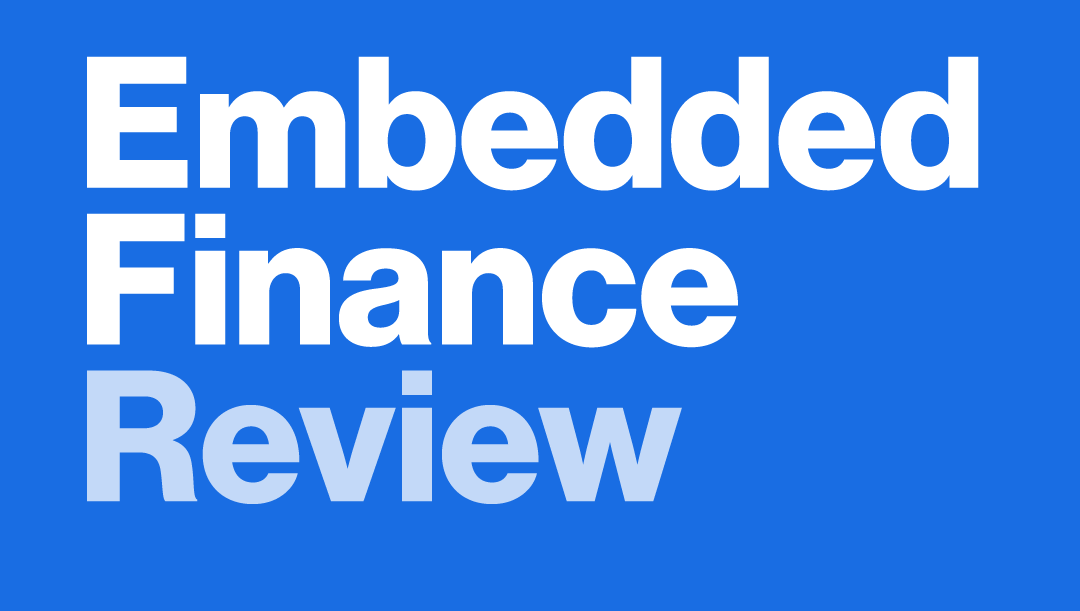Hi {{first name|embedded finance friend}}
We hosted our very first virtual event on Friday. I was somewhat concerned about a potential high no-show rate. But we had 26 attendees out of 37 registrations, which meant a much better no-show rate than any of my in-person events ;-)
I spoke with a few attendees after the event and also sent out a feedback survey; everybody expressed interest in attending a second Embedded Finance Review Virtual Event. And yes, not everything was perfect, and I have received some feedback on areas for improvement.
Based on the feedback, I decided to continue my experiment with virtual events. I am planning to host a second event in mid-July and am currently considering suitable topics for it. Perhaps we will try something different from the first event to see how it goes and what the feedback is? Suggested ideas include pitches from relevant early-stage founders or in-depth presentations and discussions on non-financial brands and their Embedded Finance offerings.
But I haven’t decided yet. If you have any suggestions for suitable topics (that you haven’t shared with me yet), please reach out.
This newsletter went out to {{active_subscriber_count}} subscribers. If you would like to support my work, you can upgrade to premium or partner with me.
This edition covers
And now let’s dive in 👇
Advertisement:
Better headshot. Better outcomes.
Your headshot should work as hard as you do. InstaHeadshots helps you show up with credibility, confidence, and clarity—in just 5 minutes.
Build vs. Buy in Embedded Lending: Lessons from a $1M ARR Shutdown

In the latest podcast episode, I speak with Mark Holleman. Mark is the co-founder of Sprinque, a lending infrastructure provider that achieved $1 million in ARR but ultimately had to shut down.
Mark shares the real story behind build vs. buy decisions in embedded lending. From underwriting engines to debt financing, Mark breaks down what it takes to build lending products and why most companies should think twice.
You can find the episode on Spotify, Apple Podcasts, and YouTube.
ToolTime Pay Embedded Payments: Adyen Case Study Hints at Growing Adoption in German Craft Market

What happened: A newly published case study by ToolTime and Adyen provides further details about the ToolTime Pay product offering (Adyen). ToolTime targets the crafts industry and helps craftsmen with project management, time recording, invoices and more. ToolTime Pay itself consists of two features: virtual IBANs for automatic reconciliation of incoming payments with open invoices and a payment solution via so-called payment links (customers receive the invoice via email and can pay the amount with a card or Apple Pay, for example).
My comment: ToolTime Pay was launched already in 2024 (as covered by your favourite Embedded Finance newsletter), but the case study goes a bit deeper. Unfortunately, the article does not mention any usage data of the payment product itself and only mentions usage data for the ToolTime core product (>15,000 businesses using it to invoice more than 2 billion euros per year). However, based on my experience, Adyen publishes such case studies only when a particular milestone is reached, which indicates a notable adoption of the ToolTime Pay product.
For vertical SaaS providers, an Embedded Payments product is often the first step into the world of Embedded Finance. While it can become a massive revenue channel, the move is often highly strategic. Bringing payment flows, which have been conducted outside of your product, in-house also helps to reduce churn and increase adoption of the core product. And maybe even more important than that, it helps to launch other financial products. It wouldn’t be far-fetched to envision ToolTime offering a full-fledged banking product (not just for incoming payments) and a lending product.
UK Automotive Fintech Payment Assist Launches Comprehensive Business Lending Platform

What happened: British Payment Assist has launched a new lending product that offers merchant cash advances, business loans, invoice finance, and business credit cards to garages, dealerships, and car workshops across the UK. The new offering joins the existing buy now, pay later and retail finance solutions that Payment Assist already offers (Finextra).
My comment: Payment Assist is not a non-financial brand, so technically it is not Embedded Finance. But a company with a strong vertical focus (in this case, automotive) is often as close as it can get to Embedded Finance. Payment Assist partnered with the orchestration provider Groov. Groov is connected to lending providers such as YouLend or iwoca, and adds an ‘advisory layer’ that helps businesses browse different offers and select the one that best fits their needs.
In other Embedded Finance news
Griffin has launched a beta version of its MCP Server, a platform designed to enable AI agents to conduct a range of banking functions (The Paypers).
Payments fintech Navro acquires first US licence (Finextra).
Walmart's fintech unit OnePay is to add credit cards to its expanding portfolio of financial services (Finextra).
Podcast with DriveWealth’s Harry Temkin on the future of investing and why Embedded Investing isn’t a feature (Tearsheet).
Event Calendar
June 25th, Frankfurt: TechQuartier Digital Finance Accelerator - I will be hosting a Masterclass [More details]


